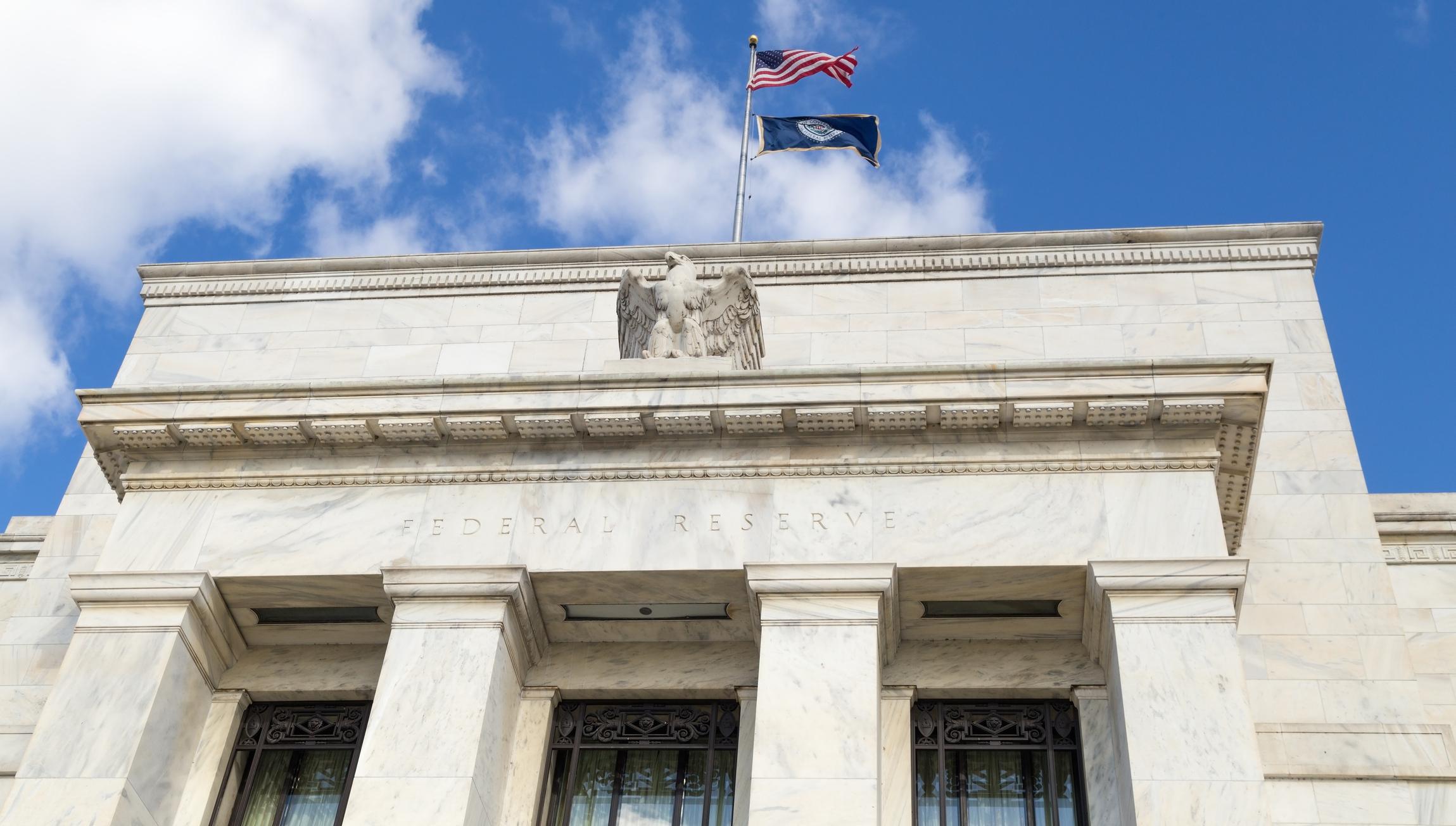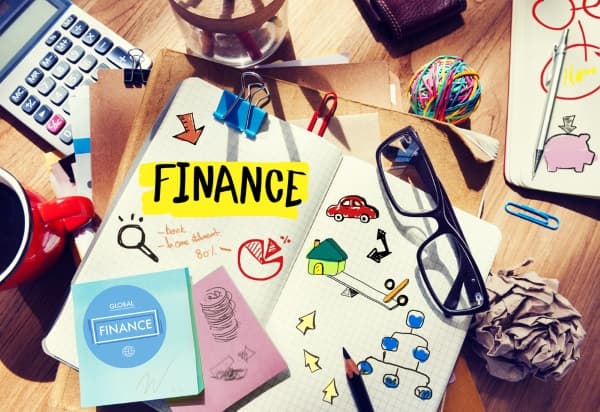Business News Daily provides resources, advice and product reviews to drive business growth. Our mission is to equip business owners with the knowledge and confidence to make informed decisions. As part of that, we recommend products and services for their success.
We collaborate with business-to-business vendors, connecting them with potential buyers. In some cases, we earn commissions when sales are made through our referrals. These financial relationships support our content but do not dictate our recommendations. Our editorial team independently evaluates products based on thousands of hours of research. We are committed to providing trustworthy advice for businesses. Learn more about our full process and see who our partners are here.
What Is a Recession?
Learn what a recession is and how it might affect your business.

Table of Contents
Recessions are a normal part of any economic cycle, which goes through slow periods of contraction and peak times filled with expansion. While no business wants a recession, at least this downturn typically lasts only six to 18 months. Let’s take a look at what a recession is, what causes a recession and how a small business can sustain itself during one.
What is a recession?
A recession happens when all of the following conditions occur at once: the nation as a whole produces less and sales drop significantly, incomes tighten, jobs are scarcer, and these conditions last many months, according to the National Bureau of Economic Research (NBER), a private nonprofit that the U.S. government relies on for economic definitions. Given these multiple parameters, it’s no wonder that economic forecasters seldom agree on whether or when we’re headed into a recession or how long it will last. Even the NBER doesn’t issue such predictions, instead designating a recession only after one has ended.
How can a recession affect small businesses?
You may not be able to tell whether we’re heading into, or even in the midst of, a recession, but there are some signs you can look for at your own business. Consider factors such as these:
Reduced cash flow
The first and most glaring way a small business is affected by any economic downturn, or even economic uncertainty, is reduced cash flow. Customers in both the wholesale and retail sectors begin to tighten their belts at the first sign of economic disruption.
Difficulty obtaining credit
Because of their smaller financial cushions in tough economic times, creditors and lenders are less apt to extend credit to small businesses during a recession. As a result, it can be difficult to find much-needed funding.
Geographic woes can add to the pile. For various reasons, some regions suffer more, and faster, job loss than others. Local economies can all but dry up, resulting in a grim outlook for a small business with a local customer base.
Supply chain issues
As suppliers and financial institutions become less willing to extend credit, customers start to skip or delay payments. Because this happens across industries, supply chains tighten as companies up the chain also make spending cuts, even in the absence of a pandemic that shutters suppliers for long periods.
Reduced consumer spending
Small businesses are more likely than larger companies to spend money as it is received, making them more vulnerable to uncertain economic times. While a drop in sales might mean little for a large company in the short term, any loss of revenue is significant to a smaller business.
The effects of a recession can be nearly immediate: In 2008, at the outset of the Great Recession, more than 64,000 businesses filed for bankruptcy, versus a little more than 28,000 just one year earlier.
How can small businesses prepare for a recession?
People who run small businesses often lack the time to wrangle details that can buffer the effects of a recession, but it’s far better to go on the offense than to be on the defense, when it may be too late. Here are some ways you and your team can prepare:
Establish healthy cash reserves.
Look at both how you can increase, or at least maintain, your business’s cash flow, and determine the least-painful belt-tightening measures your business can take. Your aim should be to build up your cash reserves to keep afloat if sales flag for several months.
First, dig into your books to get a picture of past performance. Look for patterns: What sold best, and when? Can you pivot to stronger marketing of whichever products or services cost you less to provide, thereby increasing your net profit? Look at periods of higher sales and lower sales. Can you account for their reasons? Can you leverage that to work in your favor now?
Next, look at unpaid invoices owed to you. If repeated invoices haven’t gotten you paid, and keeping in mind that other businesses may find themselves similarly strapped, see if you can set up payment plans. Small payments are better than no payments; the objective is to keep cash streaming in.
Make sure your pricing is in line with competitors’. If you overcharge, you’ll lose customers; if you undercharge, you’ll lose revenue.
Although it’s always a good idea to pay bills in full and on time, if you’re having trouble meeting payments, you can ask creditors for payment arrangements. This should not be a first-line tactic, but it’s available if you really need it. You could also check into renegotiating contracts with landlords and suppliers; though they may be feeling the pinch as well, it doesn’t hurt to ask.
Keep your customers happy.
In a recession, more than ever, repeat business and referrals are vital. Reach out more, and in new ways, to your current customers. Now is the time to ramp up or create a referral-rewards program, even a temporary one. Consider ways to offer more personalized outreach.
Whatever customer service you offer, double down on it. Whether it’s live chat, email marketing, accessibility to your team, phone lines or special offers for repeat customers, do more of it. Pay attention to feedback from customers, and find ways to let them know you’re paying attention.
It’s tempting to start cutting marketing and ad buys, but this is one area where you might want to do the opposite. You want to keep your brand in front of people as much as ever. Leverage whatever free or low-cost marketing you have or can create, like email or social media. Offer fresh marketing; people will look right past something they’ve seen multiple times. Review past marketing campaigns to see what worked and what didn’t, and don’t be afraid to try unique ideas.
Remember, your customers are feeling the pinch, too. If you must raise prices during an economic downturn, be transparent about it: Let your customers know that a price increase is coming, as well as why and when, and consider offering them the old price for a limited time. Taking these steps makes customers more likely to return and to refer other customers to you.
Trim your expenses sensibly.
If the time comes when you really have to lower your spending, you may have more and better options than you think. Staff cuts may seem like the quickest way to reduce spending. But recessions don’t last forever, and you’ve already made significant investments in your staff; you’ll need them ready to go as you swing out of a downturn.
Instead, it’s a good time to examine any unnecessary company expenses, like travel or lunches. While you’re reviewing your books for past performance, look for small expenses on items you don’t really need. This household-budgeting tip works for businesses, too: What’s your company’s equivalent of too many high-priced coffees?
Fixed costs, like real estate, can be among a business’s biggest expenses. See if there’s a way to downsize, renegotiate your lease or shift to remote work. If it makes sense for your business, consider sharing an office with another company.
Examine the sales performance of your products. Can you cut costs while keeping customers if you cut a particular line or product? Could you focus on the products with the highest profit margins without sacrificing other products?
The two areas where businesses should avoid cutting in a recession are marketing and staff; marketing draws in your customer base, and a good staff retains it. But if you must make layoffs, offer a severance package if you can.
A history of recessions in the U.S.
If there’s any good news about the potential for a recession, it’s that they don’t last long. The U.S. has weathered nearly 50 recessions since 1777, and those early recessions lasted for years. But of the dozen or so recessions the U.S. has seen since the end of the Great Depression, only a few lasted more than a year; most have lasted eight to 12 months.
The longest recession in U.S. history was the Panic of 1873, at nearly five and a half years. As often happens, international factors triggered and worsened this recession; European economic failures caused the collapse of the largest U.S. bank. In fact, the period of economic contraction stemming from the Panic lasted from 1873 to 1896, a period sometimes referred to as the Long Depression. The country cycled in and out of recession and depression during that entire period.
According to Brittanica, the Great Depression technically lasted from 1929 to 1939, but the tremendous job losses and financial failures reverberated through the economy until the U.S. ramped up production in preparation to enter World War II, in 1941.
What almost every recession in U.S. history holds in common is that, while a single factor may have triggered the onset, other factors were already ripe for disruption.
A banking panic and stock market sell-off tripped the wire to open the Great Depression, but extensive, new tariffs; an adherence to the gold standard outside the U.S.; and a host of other domestic and international conditions contributed to the downturn.
A subprime mortgage crisis and the bursting of the housing bubble directly triggered the Great Recession of December 2007 to June 2009, but we were already on the cusp of a global financial crisis, which was exacerbated by the housing market collapse in the U.S. and the subsequent collapse of major players in the financial industry.
The domino effects of any recession are hard to ignore, and they can often spiral. When consumers reduce their spending, businesses have to make cuts. Layoffs follow, exacerbating the employment crisis. Because of that loss of income, even fewer goods are sold, prompting businesses to make more cuts. Supply chains are disrupted, raising wholesale costs. Costs are passed on to consumers, who, in turn, must buy even less. The details of a recession are far more complex than this, but history tells us that few businesses will remain untouched by a recession.
It may not be possible for individuals and small businesses to shield themselves entirely from a recession. But those who can shore up their assets, analyze their past performance and learn from it, and take measures to weather the storm with both short- and long-term goals in mind will be better positioned to withstand economic uncertainty.
Andrew Martins contributed to the writing and reporting in this article.














